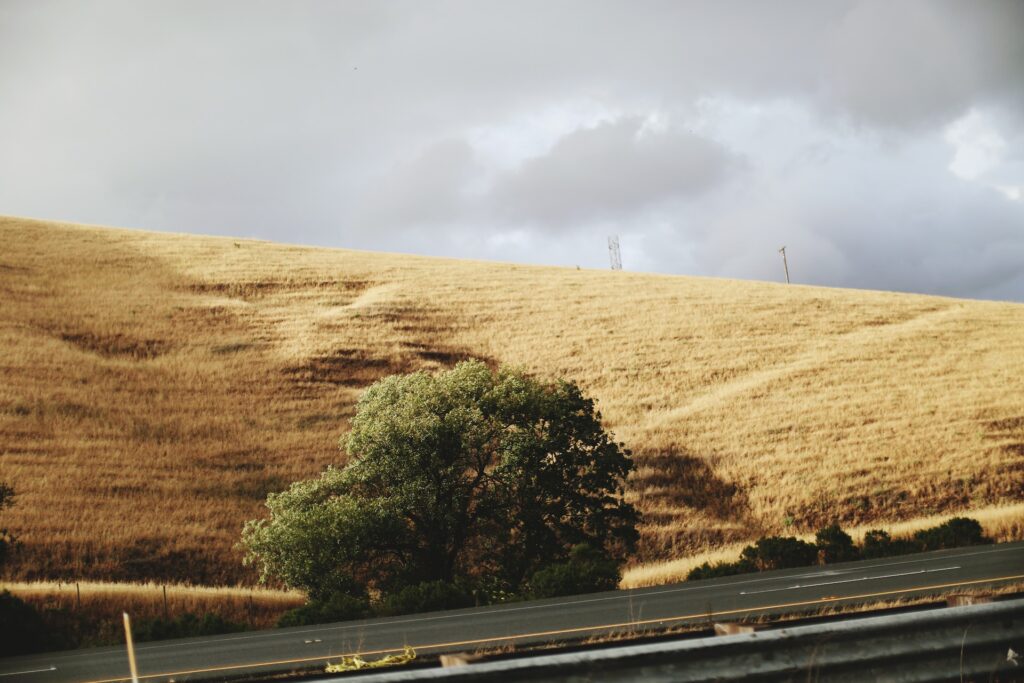Location: Marin County, California, USA
SDGs: 13 & 15
Time span: 2008-ongoing
Partners: Agricultural Institute of Marin, the Carbon Cycle Institute, Marin Resource Conservation District, Marin Agricultural Land Trust, University of California Cooperative Extension (UCCE), The Silver Lab, the County of Marin, the Marin County Agricultural Commissioner

The origins of the Marin Carbon Project can be traced to John Wick and Peggy Rathman of the Nicasio Native Grassland Ranch, who became interested in how to more ecologically manage their 570 acre ranch in Marin County, California. Working with Dr. Jeff Creque, a range ecologist, to develop strategies to reinvigorate the ranch’s native perennial grasses, their sucess led them to an interest in how grassland productivitiy could lead to carbon sequestration. Reaching out to Professor Whendee Silver, a soil ecologist at the University of California, Berkeley, and to a group of local agencies and NGOs with deep experience working in Marin agriculture, the emerging group decided to conduct further research on how soil management can encourage carbon sequestration. The Marin Carbon Project (MCP) was created in 2008 to carry this project forward.
With financial support from the Rathman Family Foundation and the Marin Community Foundation, the MCP started a study of carbon sequestration in agricultural soils. Applying compost to test plots, they found that the composted plots grew 30% to 70% more grass, increasing carbon sequestration, and that more carbon was captured than the amount of compost added. The research also found that the addition of compost has a long-term effect, findings that ultimately contributed to the establishment of California’s Healthy Soils Program.
Recognizing the enormous potential that agricultural soil management could have for sequestering carbon and reducing greenhouse gas emissions, the MCP then developed the idea of carbon farm planning. As of 2020, the Marin Resource Conservation District, a key MCP member, had completed 20 Carbon Farm Plans, and $1.5 million in State grants had been awarded to Marin ranchers to assist with the implementation of these plans. The MCP carbon farm planning model has also been a source of inspiration beyond Marin and the Carbon Cycle Institute (CCI) was created in 2013 with the intention of scaling the MCP’s work beyond Marin County. The CCI claims to have completed 137 farm plans covering 77,440 acres with the expectation of sequestering 1,793,029 metric tons of CO2e over 20 years. Meanwhile, the MCP has continued its efforts to expand carbon farming in Marin County and has contributed significantly to the development of the County’s Carbon Action Plan.
In GOGREEN, we define the green SDGs as the following SDGs: SDG 6, SDG 7, SDG 11, SDG 12, SDG 13, SDG 14, SDG 15
This website uses strictly-necessary cookies. To read more about WordPress cookies, click here. Please click on the ‘Accept’ button to continue on to the GOGREEN Project site.